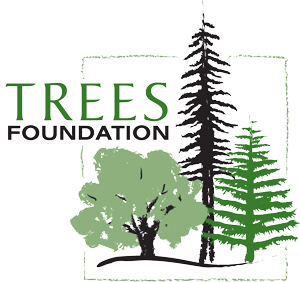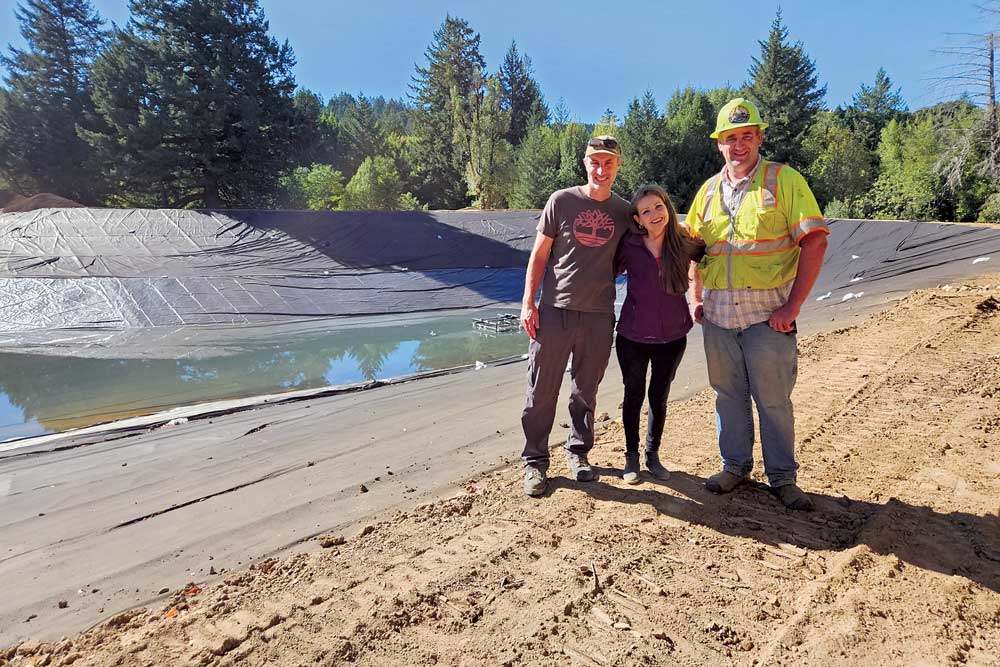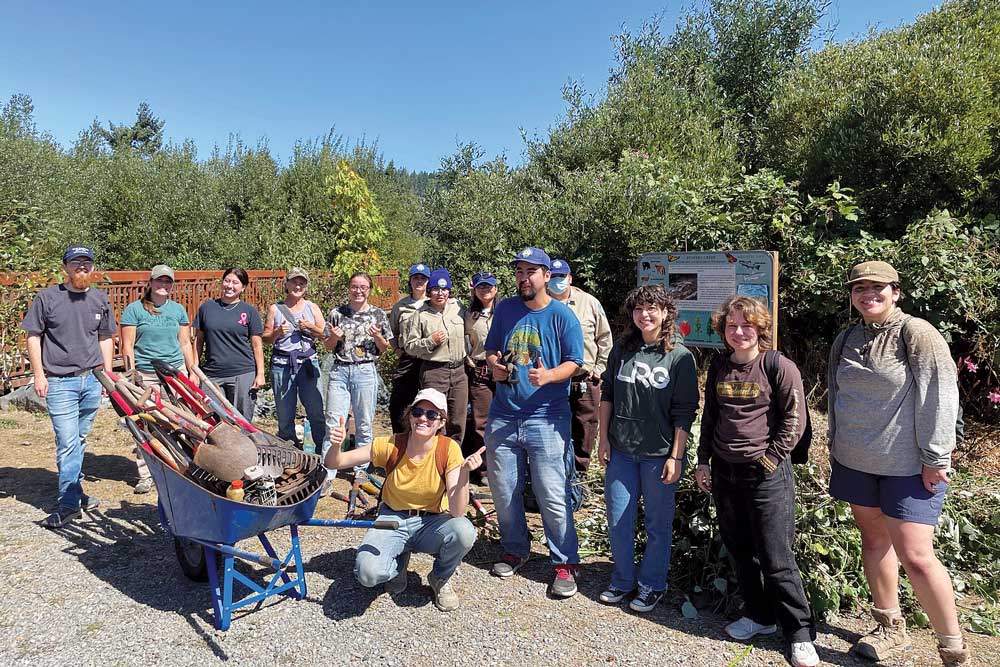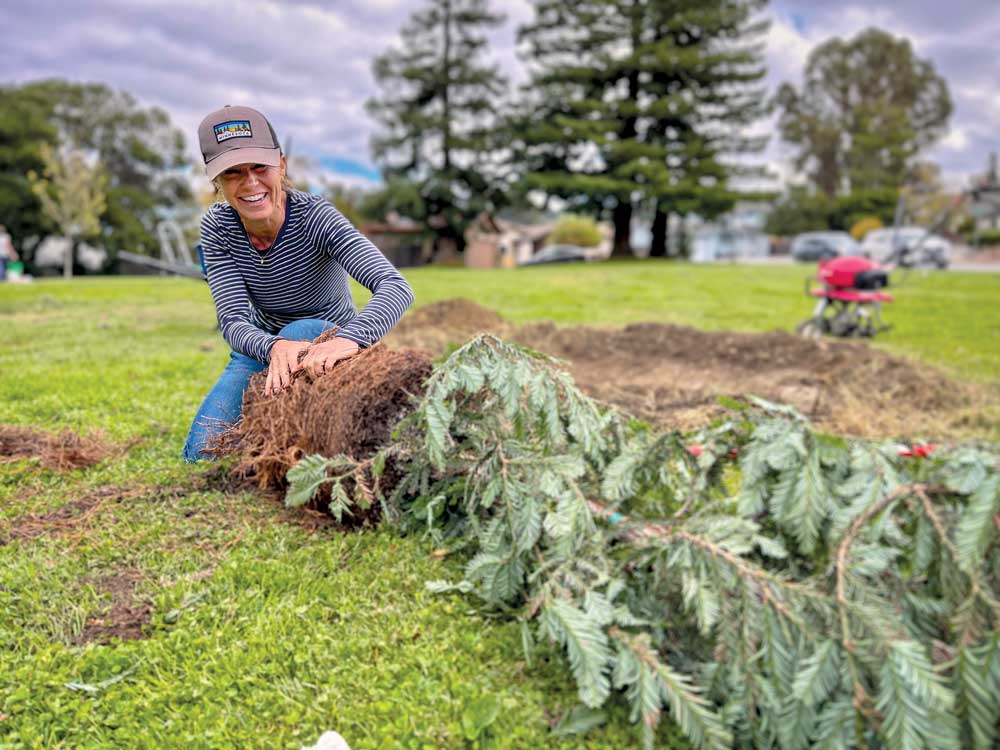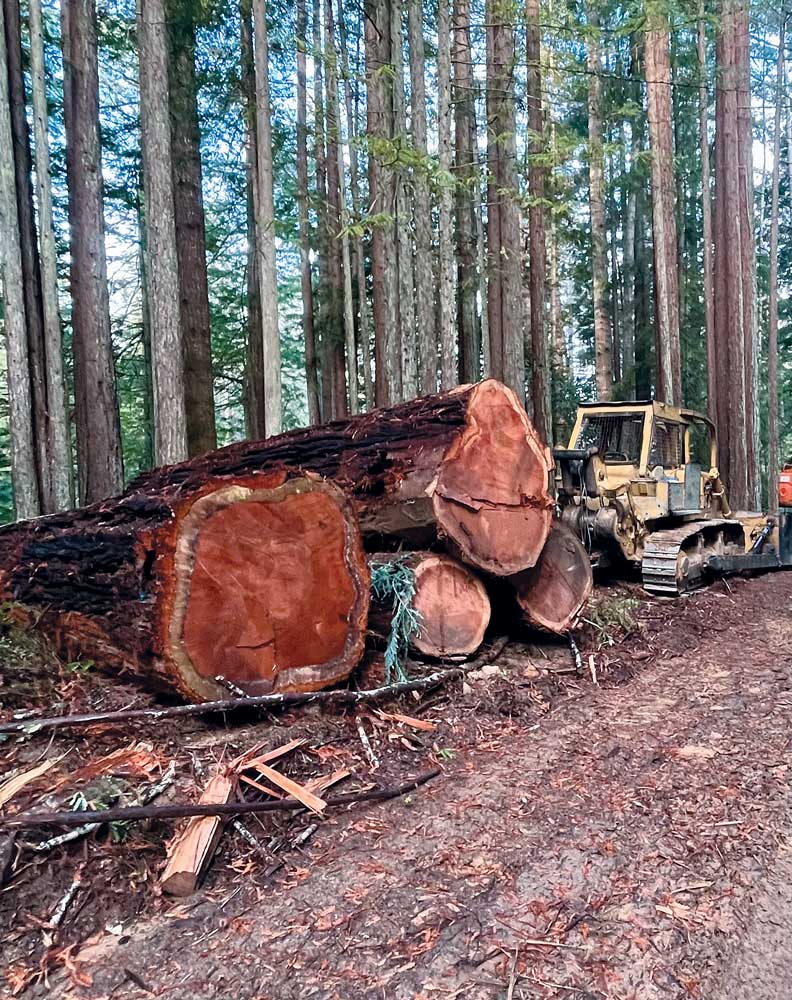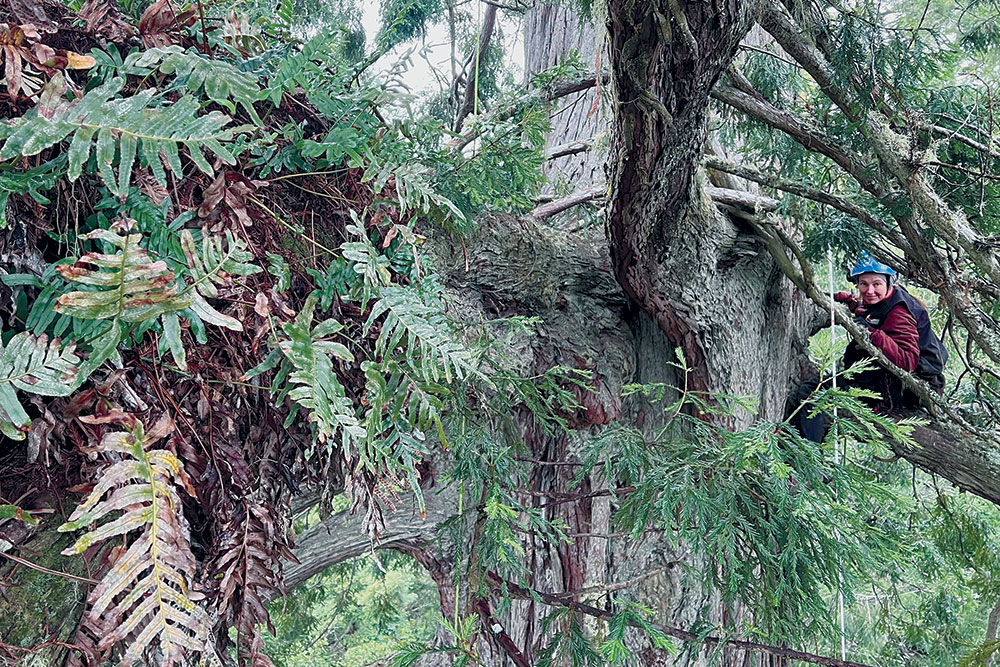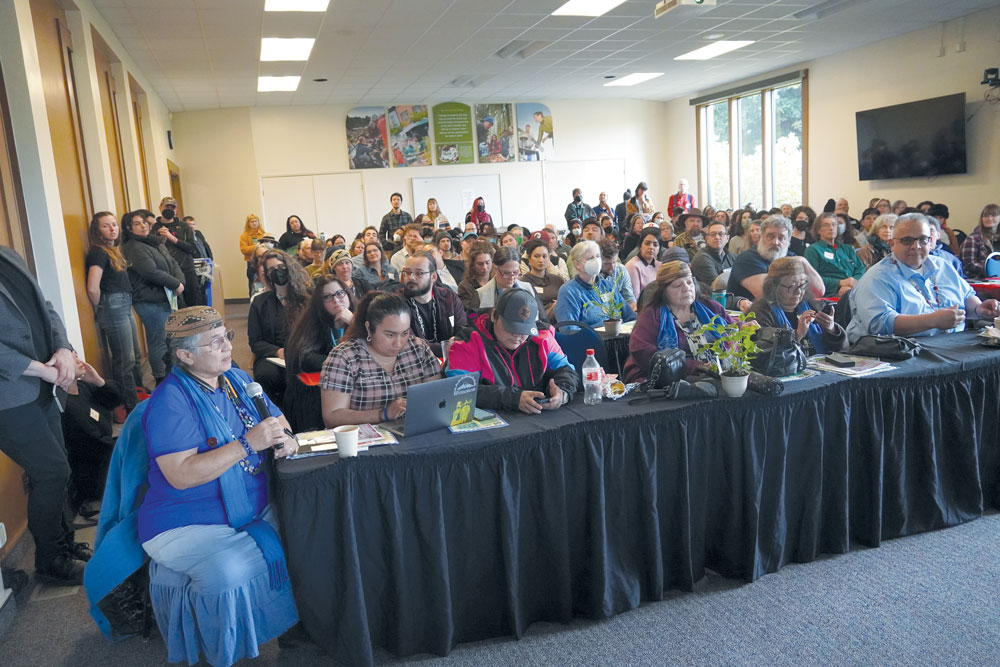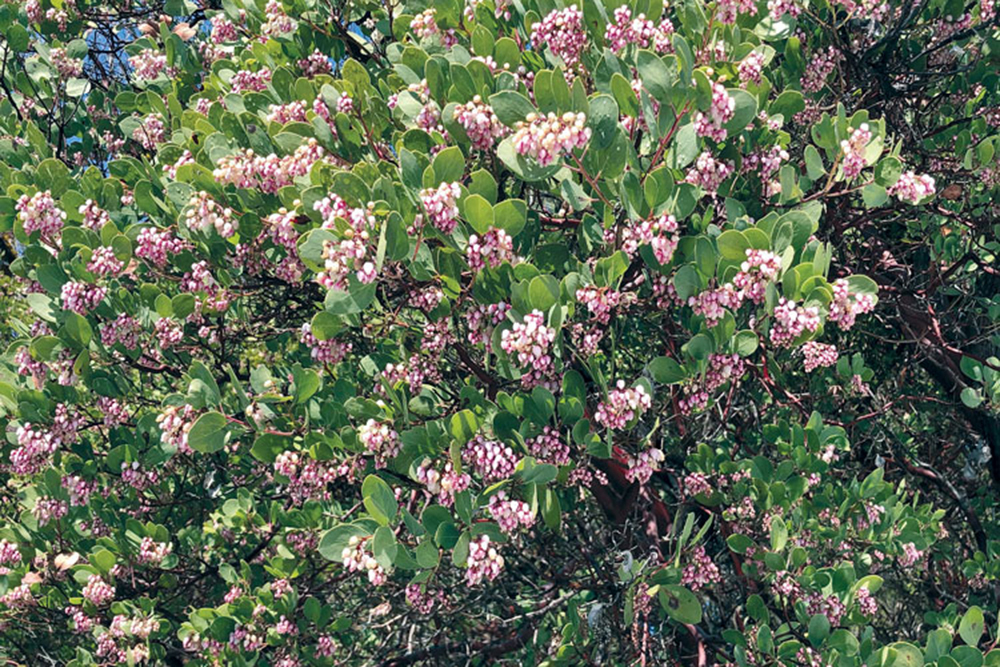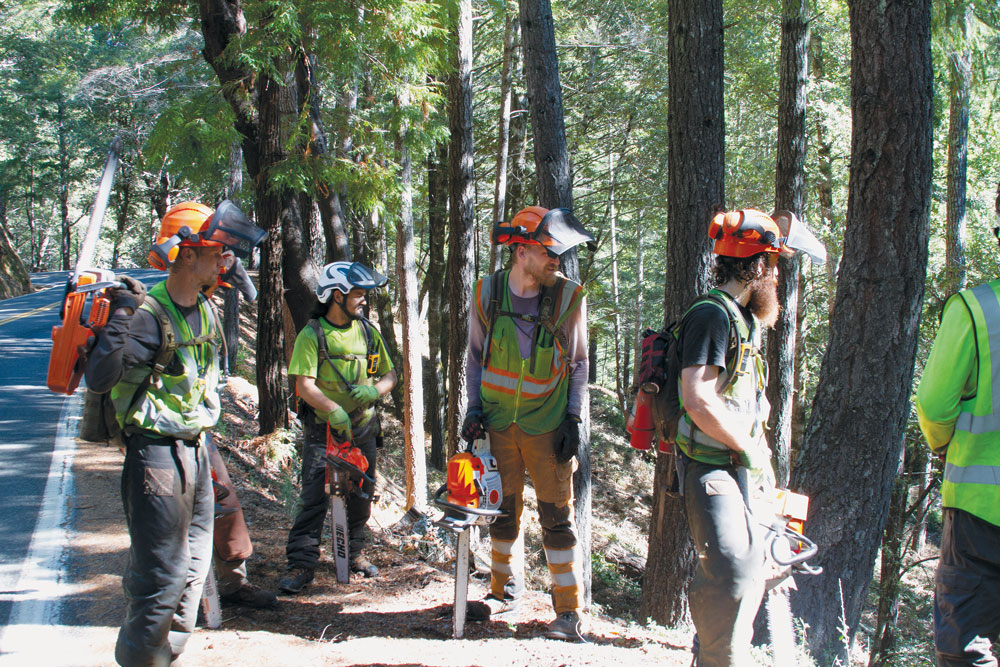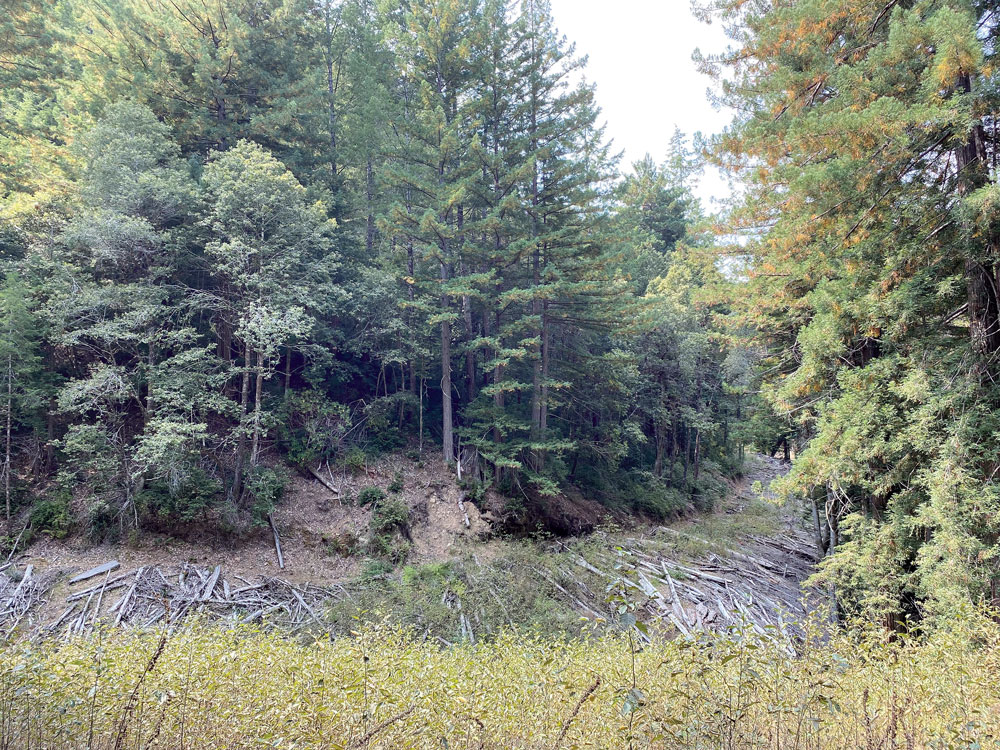Climate Change
If You Build It, Will Coho Run? Marshall Ranch Ponds Constructed to Maintain Redwood Creek Summer Flows
By Dana Stolzman, Executive Director, Salmonid Restoration Federation The Build Up Coho salmon persist in scattered watersheds throughout the North Coast of California, especially in forested tributaries that provide habitat refugia. Redwood Creek is a rare example of a human-populated watershed that still retains intrinsic potential for coho salmon recovery. For over 10 years, the…
Read MoreIntroducing Baduwa’t Watershed Council
Formerly the Mad River Alliance In Humboldt County, the Mad River is a lifeline, heavily utilized by its surrounding communities, both human and animal. The watershed connects wild spaces to neighborhoods. The river is the source of drinking water for approximately 90,000 community members. It is recognized as a climate refuge, provides habitat for a…
Read MoreA Busy Releaf Petaluma Season Ahead as More Shade Trees Are Planned for the Area
Releaf Petaluma ReLeaf Petaluma has an exciting and ambitious planting season ahead. We kicked off our season on October 21 with a Pod Leader training event. A pod is ReLeaf’s term for a group of 8-10 volunteers that work together to complete an assigned area. We planted eight beautiful redwood trees at Grant Park while…
Read MoreJackson State Forest Update: CAL FIRE Poised to Restart Logging While Promises for Tribal Co-Management and Protection of Sacred Sites Go Unfulfilled
Bay Area Coalition for Headwaters By Karen Pickett, Bay Area Coalition for Headwaters (BACH), Coalition to Save Jackson State Forest The good news is that quiet and calm settled into the Jackson Demonstration State Forest (JDSF) during the last year and a half, absent roaring chainsaws and falling redwoods. The bad news is that the…
Read MoreRedwoods and Climate Change
Vulnerability, Resilience, and Hope in the World’s Tallest Trees By Marie E. Antoine and Stephen C. Sillett, Cal Poly Humboldt Coast redwood (Sequoia sempervirens) has a narrow and highly fragmented distribution along 460 miles of western North America. Although they occupy only a small land area, primary (unlogged, old-growth) redwood forests are globally renowned. Extreme…
Read MoreNorthern California Tribes and Agencies Plan for Tribal Land Return
Tribes Ask State to Update Policies and Join Fight for Unrecognized Tribes and Water Protection at LandBack Symposium Arcata, CA, from March 28, 2023 Press Release—Save California Salmon and Cal Poly Humboldt’s Native American Studies Department hosted the Northern California LandBack Symposium. This first-of-its-kind free event featured Tribal and State leaders, university representatives, foundations, NGOs,…
Read MoreThoughts on Resilience in Winter
Northern Mendocino Ecosystem Recovery Alliance By Will Emerson Winter Lessons As I write this, we approach Spring Equinox, but you would not know it looking out my window. The four-plus feet of snow are slowly melting, pushed by the four-plus inches of rain in the last two days. The surface of the snow is littered…
Read MoreBuilding a Local Workforce for the Restoration Economy
By Cheyenne Clarke and Will Emerson, Northern Mendocino Ecosystem Recovery Alliance Extraction-based economies boom and bust. Resources run out. Industries collapse. Therefore, extraction is not a viable form of economic growth for the future. So, what is? Restoration, regeneration, and renewal. The restoration economy can fill the void left behind by extractive industries. To quote…
Read MoreMusings on Forest Health
Healthy Forests, Healthy Communities, Healthy Comebacks PG&E’s Line-Clearing, Why We Need More than Memes, and Some Key Definitions of Healthy and Forest By Jeff Hedin, Institute for Sustainable Forestry, Commissioner, Piercy Volunteer Fire Department This article has been edited for length. For the whole “poetic song” and its long email response thread, visit instituteforsustainableforestry.com/articles/forest-health. In…
Read MoreThe Richard Gienger Report
Time moves fast, stalwarts in mirror reflections, and we anxiously wait—while trying to prepare—for what Winter and Spring will bring. I feel daunted, almost swept away, in the layers of complexity of “all the relations,” the history, and realities we face. Remembering Influential Community Members Along with the joy of life-returning rains in September has…
Read More